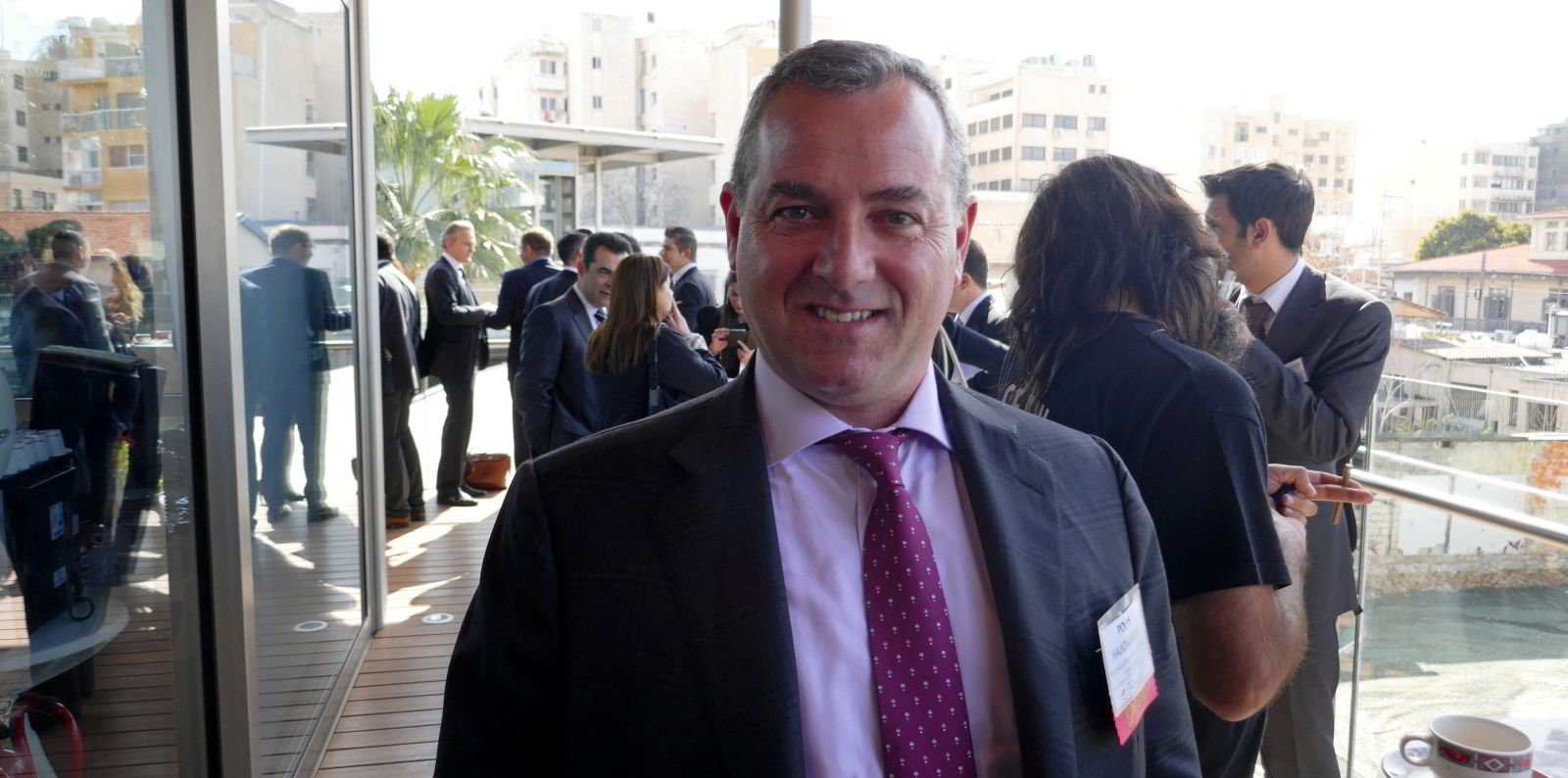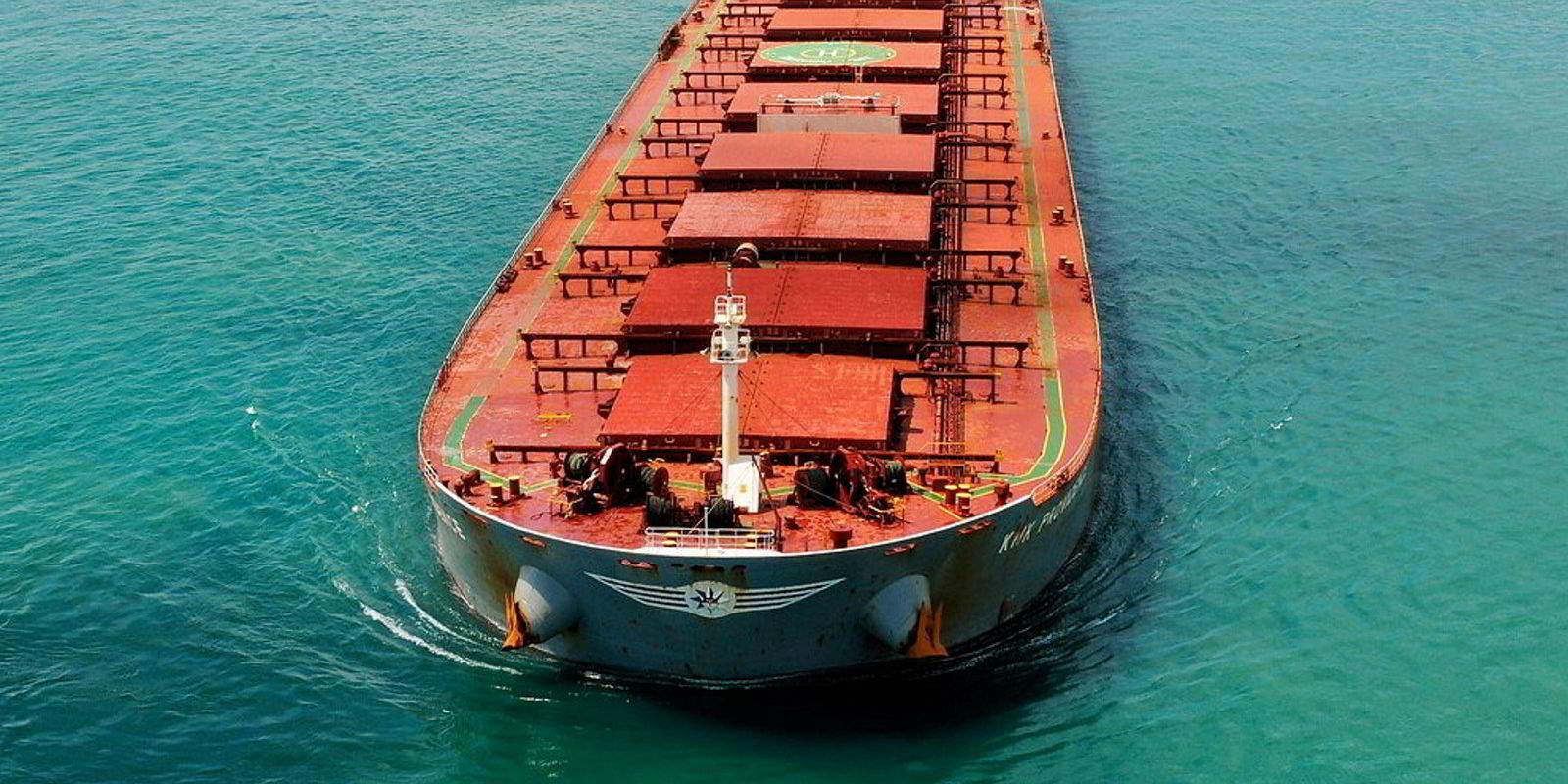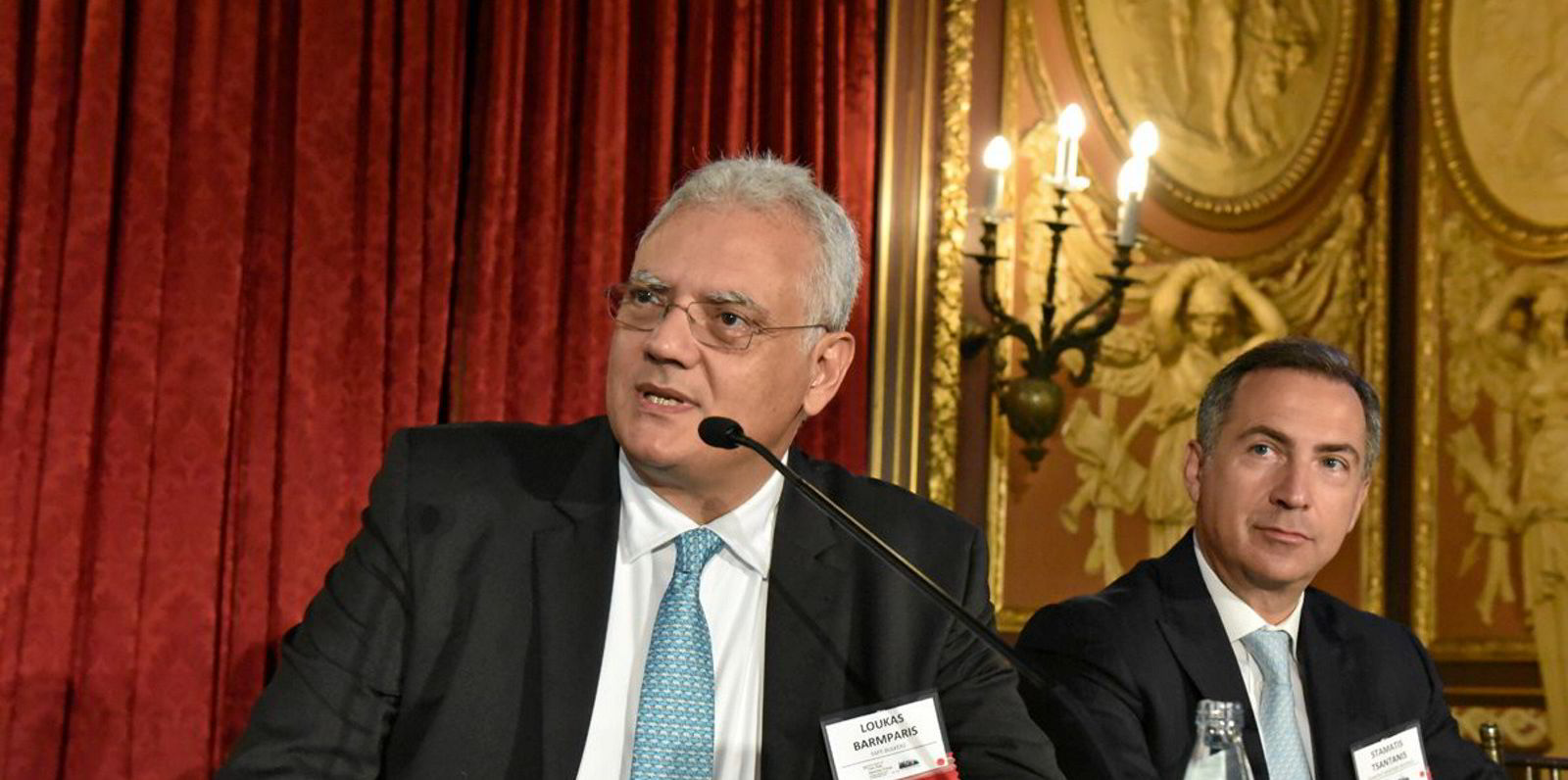US-listed Safe Bulkers acquired its fourth capesize since August and may be set to buy even more, as it seeks to benefit from what it expects to be a good freight market in the next few years.
The company announced late on Thursday it agreed to spend $31.75m on a 176,000-dwt bulker built at a Chinese yard in 2012.
Safe Bulkers did not identify the vessel other than to say that it will be delivered after dry docking in August and will trade henceforth as Aghia Sofia.
The ship’s current owner will fit it with a ballast water treatment system by then and the vessel will also come with sandblasting and painting of cargo holds, as well as environmental upgrading and ultra-low friction paints, Safe Bulkers said.
The announcement came just a few hours after the company’s chief executive officer Polys Hajioannou explained why his company was expanding in this type of ship.
“We believe these are ships that could still be fixed in the next 18 months at good charter rates for two to three years, with minimal downside risk on the residual value,” he told analysts during a discussion of the company’s financial results.
The company is targeting ships between eight and ten years old, he added.
Capesizes currently make up just seven ships in Safe Bulkers’ fleet of 50 vessels in the water and in construction.
The reason for this is that Safe Bulkers has been traditionally active in mid-sized panamaxes and post-panamaxes.
These have also been the type of ships the company went for in its ambitious, ongoing nine-bulker newbuilding programme in Japan.
However, in order to benefit quickly from an expected post-Covid economic recovery in China and increased coal demand in the wake of the Ukraine war, Safe Bulkers decided to up its exposure through capesizes.
“This gives the company an extra flavour of that market, when all our investments are in the medium-sector of kamsarmax to post-panamax,” Hajoannou said.
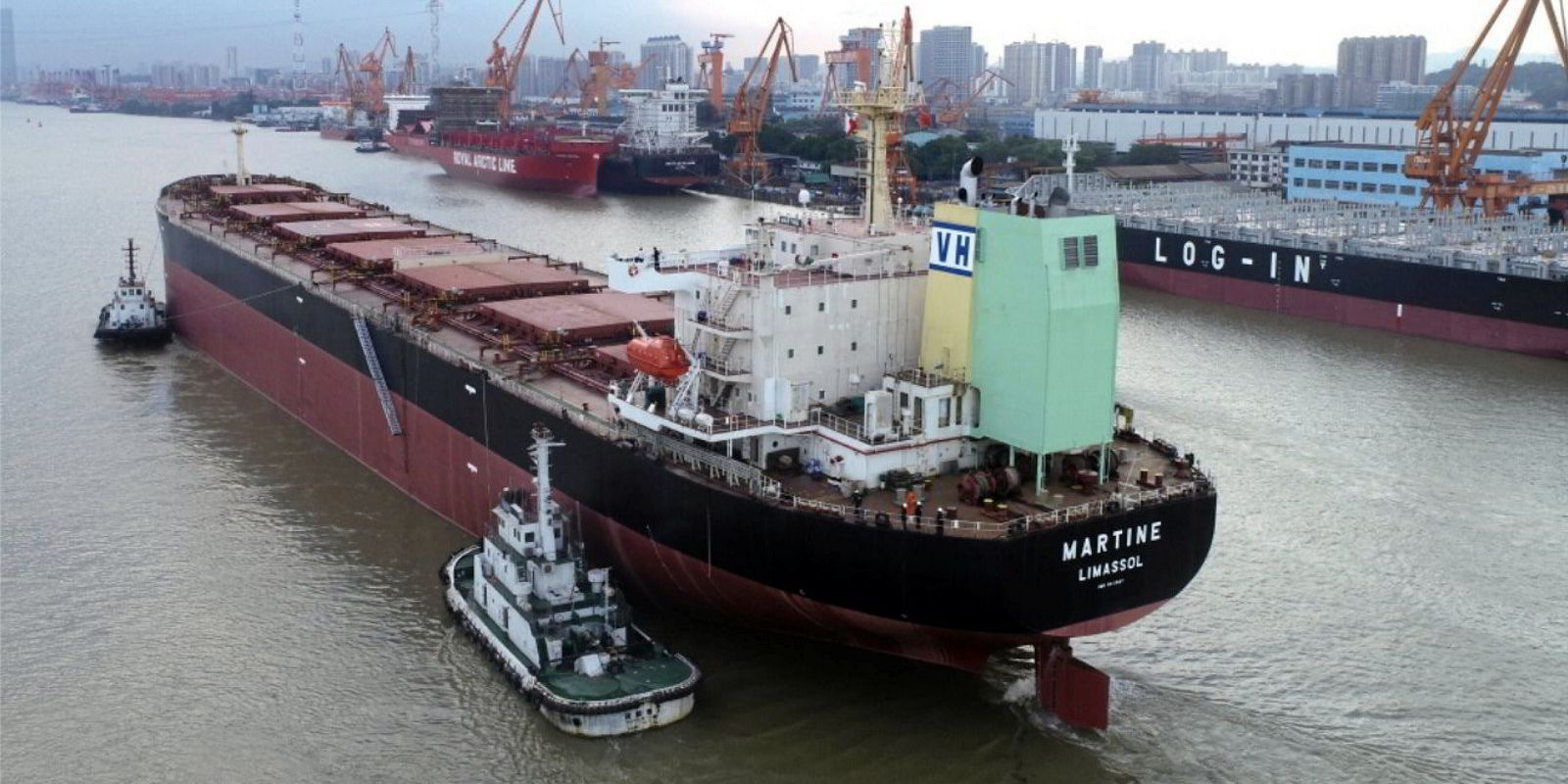
He said he feels confident about such investments as the orderbook for capesizes remains very low and the scrap value of such ships appreciated by up to $5m over the last 12 months.
Market volatility offers another reason to invest in the sector, Hajioannou said.
“There are ups and downs in the [capesize] market, which affects prices as well. You can have a low two or three months and get a cheap deal from a seller… then the market may recover after six months”.
Smaller ships, by contrast, are not an option.
“We don’t intend to go to smaller ships, despite the lucrative freight rates. Prices in that sector sometimes are more expensive than even a capesize,” Hajioannou said.
Hedging their bets
Safe Bulkers’ high-specification newbuildings and modern acquisitions are part of a waiting game, in which the company hopes to maximise profit that it will eventually invest in future green technologies.
The question of what propulsion systems ships will use to comply with zero-carbon emissions hasn’t been decided yet, Hajioannou said.
The time window to make that decision may even have widened a little after the Ukraine war stoked energy security concerns, especially in Europe.
“All environmental issues will be postponed,” Hajoannou said.
“We’ll stay with whatever best [ship] design we have in front of us now — we’ll wait to see what happens on the technology front [and] the environmental front and we’ll try in-between investments”.
Safe Bulkers doesn't just hedge its bets on technology but also in the way it uses its soaring profit.
The company's net income jumped at an annual pace of 71% in the first quarter to $36.4m, after full-year profit multiplied by a factor of eight in 2021 to $65.2m.
As a result, the company in March reinstated a dividend after six years. At the same time, however, it set the payout at a modest level of $0.05 per share.
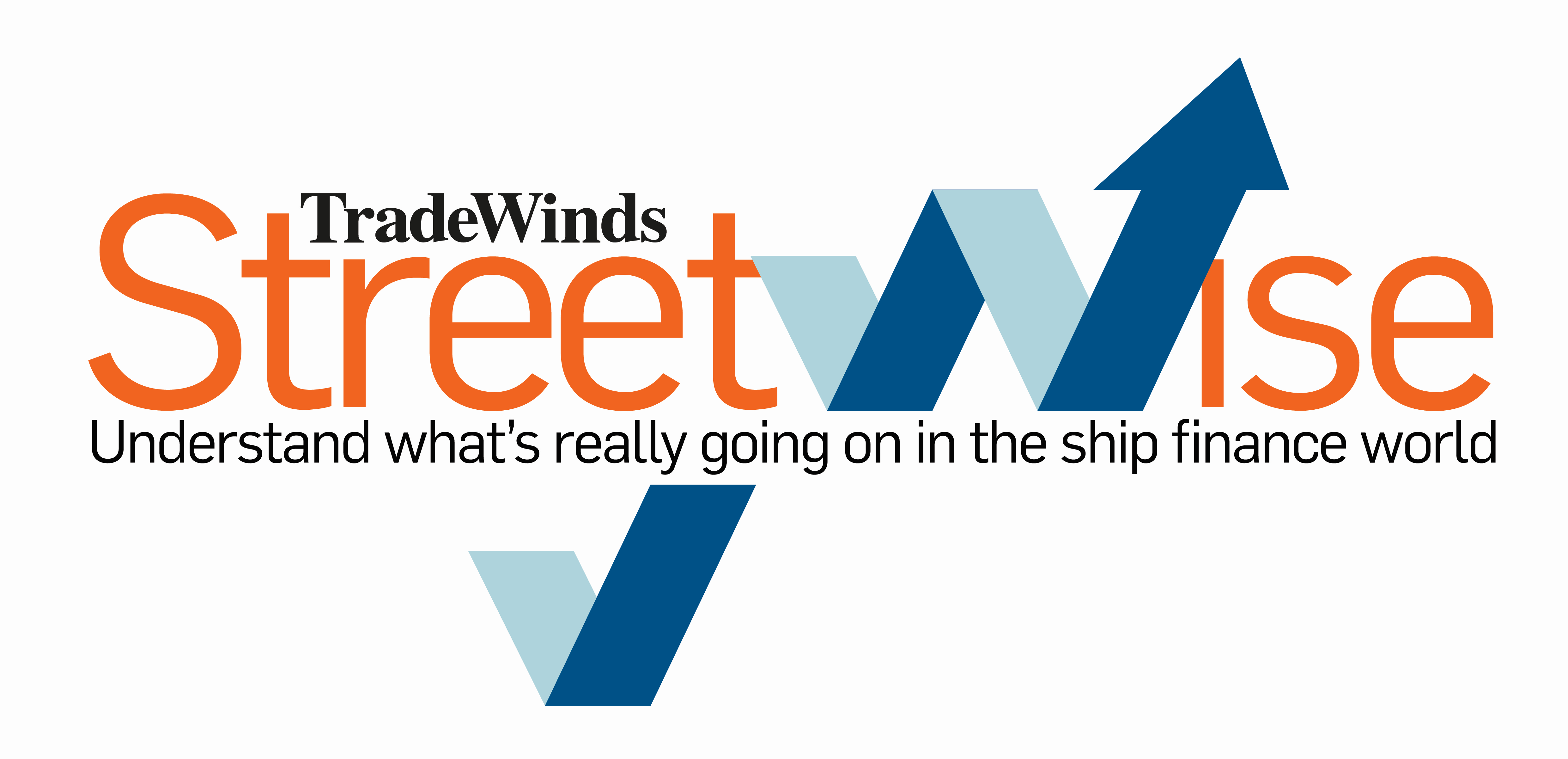
Hajioannou admitted that this dividend “isn’t of course the largest in the market”.
The owner added, however, that it is still in shareholders' best interest.
“Increasing the dividend is the easy part… the difficult part is to sustain and grow it in the long run," Hajioannou said.
“We selected the growth plan, the renewal path, the deleverage path — we want to believe that what we’re doing here is creating value for our shareholders in the long run.”
